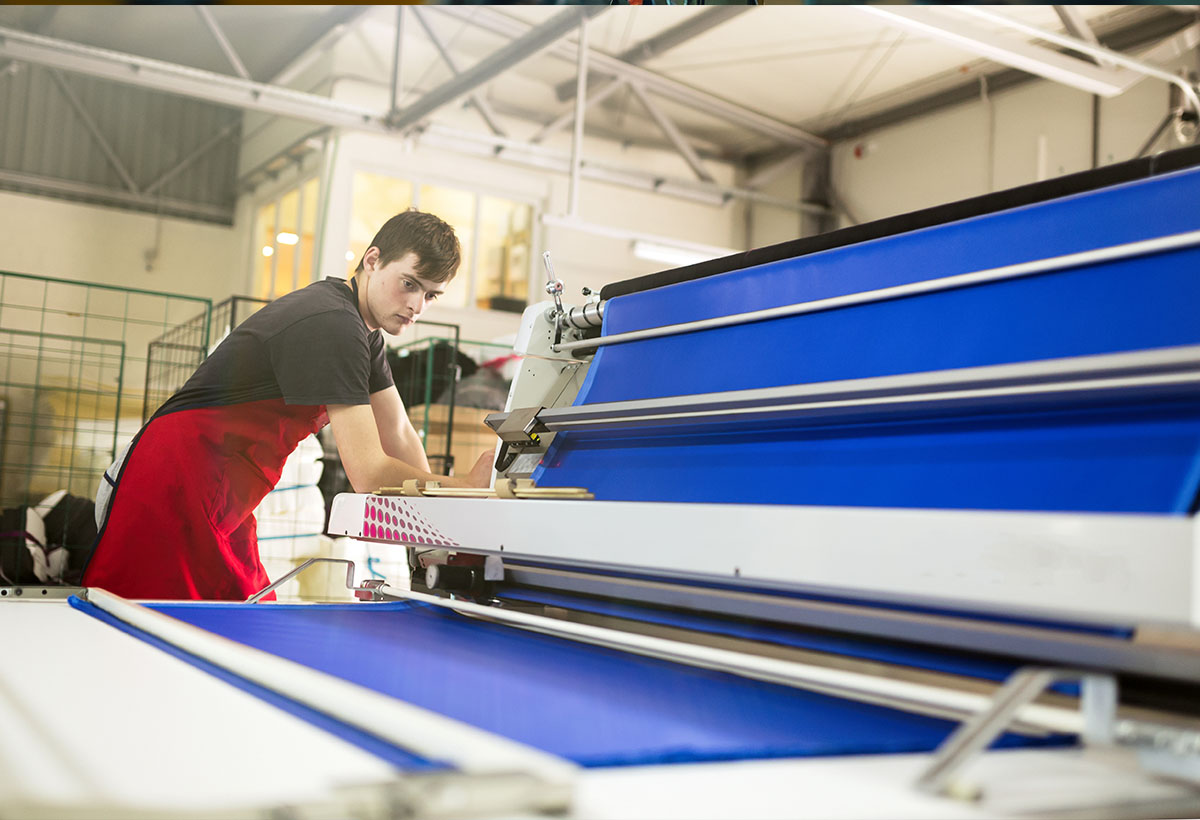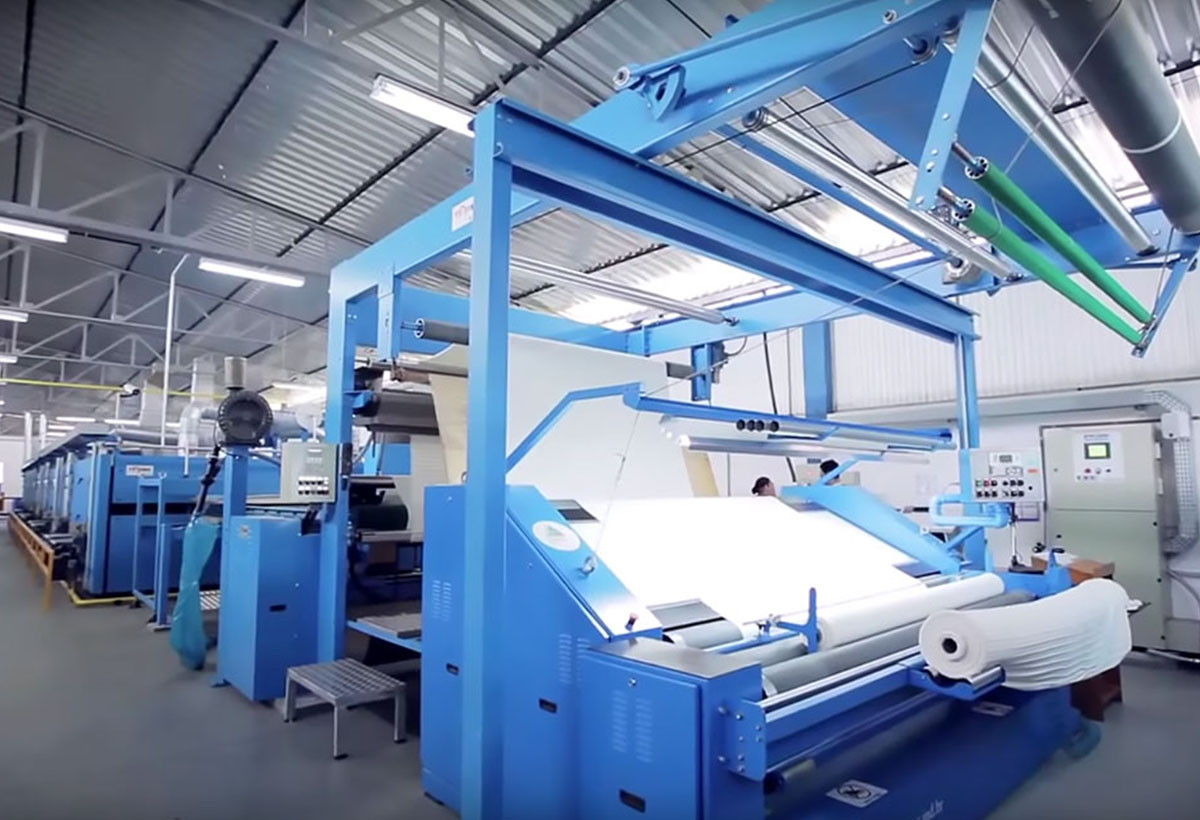Reliability Centered Maintenance is a maintenance management approach of industrial assets. MCC helps reduce failures, increasing the useful life of equipment.
This maintenance strategy can be applied in textile industries, bringing different benefits.
In this article you will see, in more detail, what MCC is, how this strategy works and its main advantages.
Let’s go?
What is Reliability Centered Maintenance?

Reliability Centered Maintenance (MCC), or Reliability Centered Maintenance (RCM), is a maintenance planning method.
It was created in the aeronautical industry in the mid-1960s and later adapted to various industries and military branches.
The role of MCC is to direct maintenance efforts to components and systems in which reliability is fundamental.
To this end, it seeks to guarantee performance, safety and environmental preservation at a better cost-benefit ratio.
MCC identifies the critical functions of equipment and evaluates the consequences of their failures, allowing the definition of the most appropriate maintenance strategies. Such as preventive, predictive or corrective maintenance
. Com isso, reduz as consequências e efeitos significantes de um problema.
According to an ABEPRO article, it is able to prioritize the needs of the production process and not the component or equipment in isolation. However, the main benefit of this approach is that it enables the implementation of a more effective preventive maintenance process, based on a detailed and structured analysis.
Furthermore, another objective of MCC is to reduce the industry’s Life Cycle Cost of Assets, also known as LCC (Life Cycle Cost).
This metric is the sum of all costs of the asset, design, installation, operation, maintenance and disposal.
By adopting MCC, organizations are able to not only reduce maintenance costs, but also reduce the total cost of operating the asset throughout its useful life.
Furthermore, MCC increases system reliability and optimizes equipment functional efficiency.
The detailed analysis provided by MCC offers a structured and trackable approach. This is essential for choosing the optimal preventive maintenance, based on an in-depth investigation of failure modes and their causes.
How does MCC work?
Reliability Centered Maintenance (MCC) is made up of 4 types of maintenance which can be applied according to the needs of industrial assets. They are:
- Corrective maintenance;
- Preventive maintenance;
- Predictive and detective maintenance;
- Proactive maintenance.
Each of these modalities aims to keep the industry’s assets in operation. No entanto, para escolher a manutenção adequada, é essencial entender claramente a função do equipamento em questão.
This understanding allows you to map crucial aspects related to failures, such as:
- What are the possible failures?;
- What are the causes of these failures?;
- What are the consequences of failures?
This mapping is essential to achieve the 3 main objectives of the Reliability Centered Maintenance Program, as highlighted by the Engeles website:
- Reduce or eliminate the probability of a failure occurring;
- Reduce or eliminate the severity of a failure;
- Increase the chances of failure detection at an early stage.
To carry out this mapping effectively, it is necessary to apply Failure Modes and Effects Analysis (FMEA).
This analysis evaluates the production process and its failures, using the calculation of the Risk Priority Number (NPR), which classifies a failure into three categories:
- Occurrence;
- Severity;
- Detection.
Based on these evaluations and classifications, the industry can make more accurate and assertive decisions. This ensures the successful implementation of Reliability Centered Maintenance.
And what are the advantages of MCC in the textile sector?
We can use as an example a case study mentioned in the ABEPRO article, already highlighted previously. It analyzes an asset that requires reliability for a packaging industry.
After applying the entire Reliability Centered Maintenance process, the asset’s monthly average, which was 28 failures, was reduced by 47% in monthly incidence. Chegando, assim, ao número de 15 falhas/mês.
And after applying continuous improvement to this plan, in the third year of study, failure modes achieved an 80% reduction! If we apply this example to the textile sector, we can see several advantages, such as:
1. Greater security in the industry’s operation
Performing MCC brings more safety to the processes, predicting risks and increasing maintenance effectiveness.
This security extends to both machine operators and the equipment itself.
2. Better operational performance
By mapping information, control becomes more efficient, allowing the choice of the best maintenance practices to be adopted.
This results in superior operational performance in the industry, which, in turn, reflects positively on all other processes.
3. Reduced maintenance costs
By adopting the best maintenance practices, it is possible to ensure a more significant return on invested capital. AND avoid unnecessary costs for unforeseen repairs!
4. Increased machinery life
All these benefits directly influence the useful life of the equipment. With greater attention to the maintenance process and guaranteed reliability, the lifespan becomes much longer
Read also: How can the maintenance sector contribute to the efficiency of textile production?
Tips for applying MCC in your textile industry

Before implementing MCC, 7 questions about each item under review or critical analysis should be answered, with the objective of preserving the function of the production system.
According to another ABEPRO study, they are as follows:
- What are the functions and performance standards of the asset in its current operating context?;
- How does it fail to fulfill its function?;
- What causes each functional failure?;
- What happens when each failure occurs?;
- How does each failure matter?;
- What can be done to predict or prevent each failure?;
- What should be done if an appropriate proactive task cannot be found?
In summary, to apply Reliability Centered Maintenance (MCC) in industry, the first step is to define the sector and equipment that will be analyzed.
It is recommended to choose machinery that plays a crucial role in the company’s operation.
After this selection, it is important to consider the functions and parameters that determine the reliability of the equipment. The next step is to identify possible faults that the machinery may present.
That is, from problems that completely compromise its functioning to partial failures that can reduce its performance.
Then, by evaluating the effects of failures through FMEA, it will be possible to select the most appropriate maintenance strategy for each situation. It is essential to remember that this machine maintenance plan must be reviewed regularly to ensure that the results are satisfactory.
Smart textile machines help MCC efficiency
Reliability-Centered Maintenance is a very beneficial practice for all types of industry, and this is no different for the textile sector.
Your industry can make the production process much more efficient and safe, and have significant cost savings.
And smart textile machines play a key role in the efficiency of Reliability Centered Maintenance due to data generation.
They allow continuous monitoring of performance and operating conditions.
Real-time data collection enables early identification of failures, while analysis of this data helps recognize performance patterns. This helps prioritize corrective actions and implement predictive maintenance, reducing downtime and improving asset utilization. Furthermore, the integration of these machines with management systems facilitates the flow of information between production and maintenance teams. Which, of course, guarantees an agile response to problems, promoting a more effective allocation of resources.
The data generated also offers valuable insights for continuous process improvement, in addition to serving as a basis for team training and qualification.
With this, your team will learn skills in identifying problems and applying effective solutions.
In other words, intelligent textile machines, aligned with Industry 4.0, increase the efficiency of MCC. But not only that! They also promote a more responsive production environment, resulting in greater reliability and performance of equipment.
So, get to know Delta’s textile machines and understand how they can contribute to the efficiency of your textile industry as a whole, from production to maintenance.
Click the button below and download our complete catalog for free!





